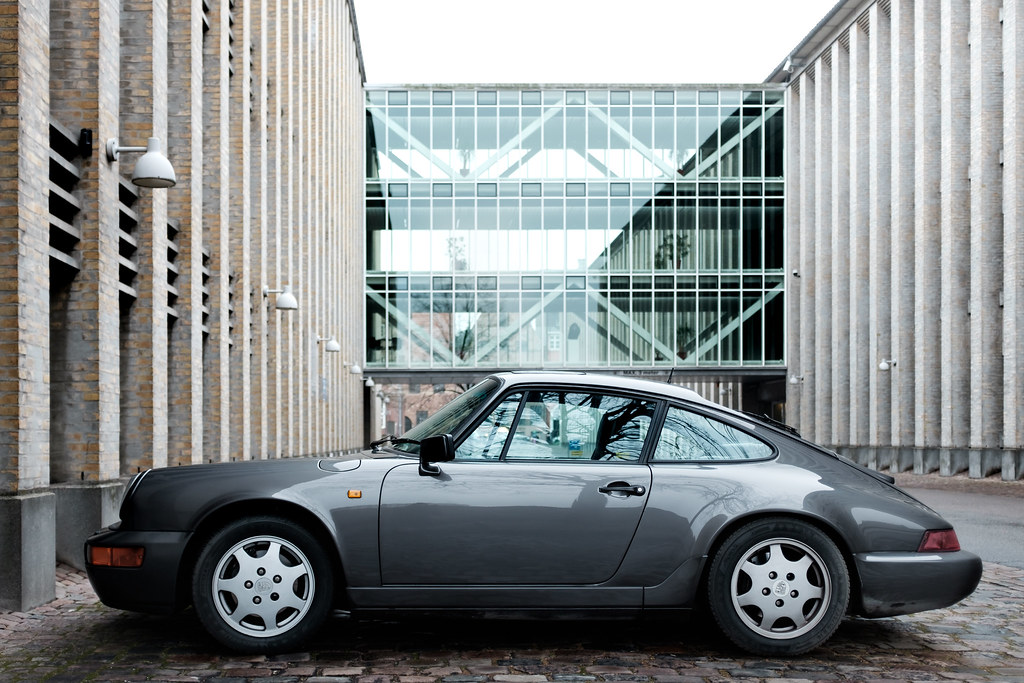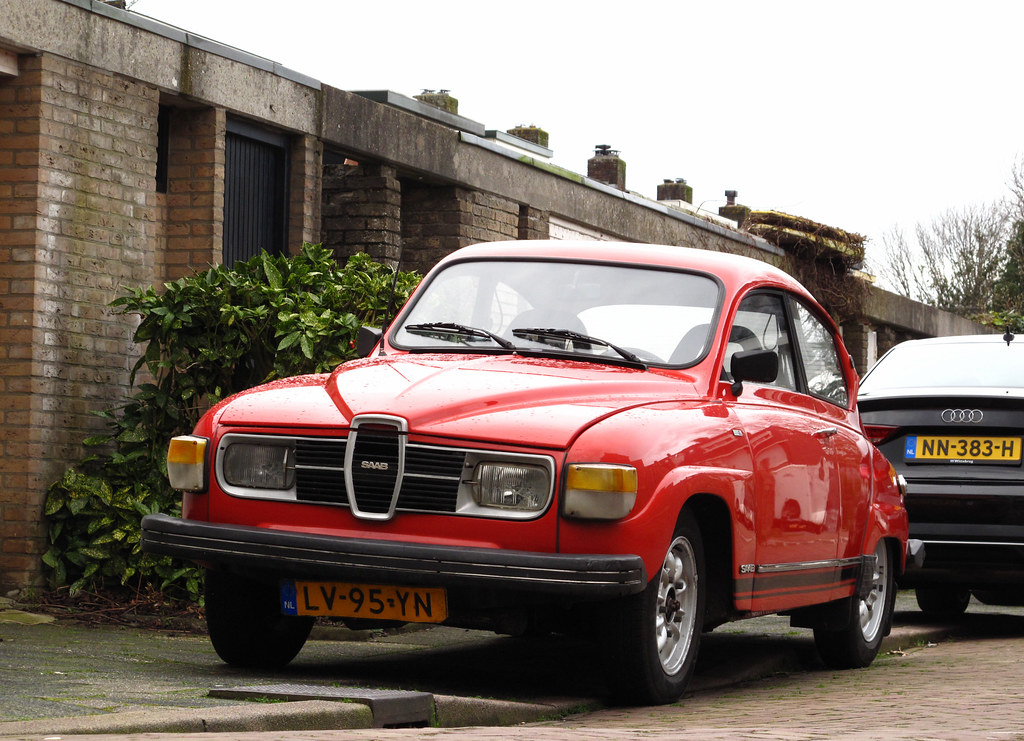
The roar of a tuned engine, the glint of polished chrome, the satisfying thunk of a solid door closing – these sensations captivate automotive enthusiasts, for whom classic car restoration is more than a hobby; it’s a profound commitment to history, engineering, and craftsmanship. It demands patience, precision, and passion, transforming forgotten metal into gleaming symbols of human ingenuity and enduring design.
Bringing an aged vehicle back to its former glory is a saga of dedication, challenges, and triumph. It’s a testament to preserving and celebrating machines that embody cherished memories. This intricate process involves a deep dive into every facet of a vehicle, demanding technical expertise and an artist’s eye.
In this in-depth exploration, we’ll delve into Kees van der Made’s remarkable story and his beloved 1979 Saab 96, a narrative exemplifying restoration spirit. Alongside his odyssey, we’ll unpack fundamental principles and practical steps involved in such a monumental project, guiding aspiring restorers through critical initial decisions and intricate exterior rejuvenation, setting the stage for a magnificent revival.
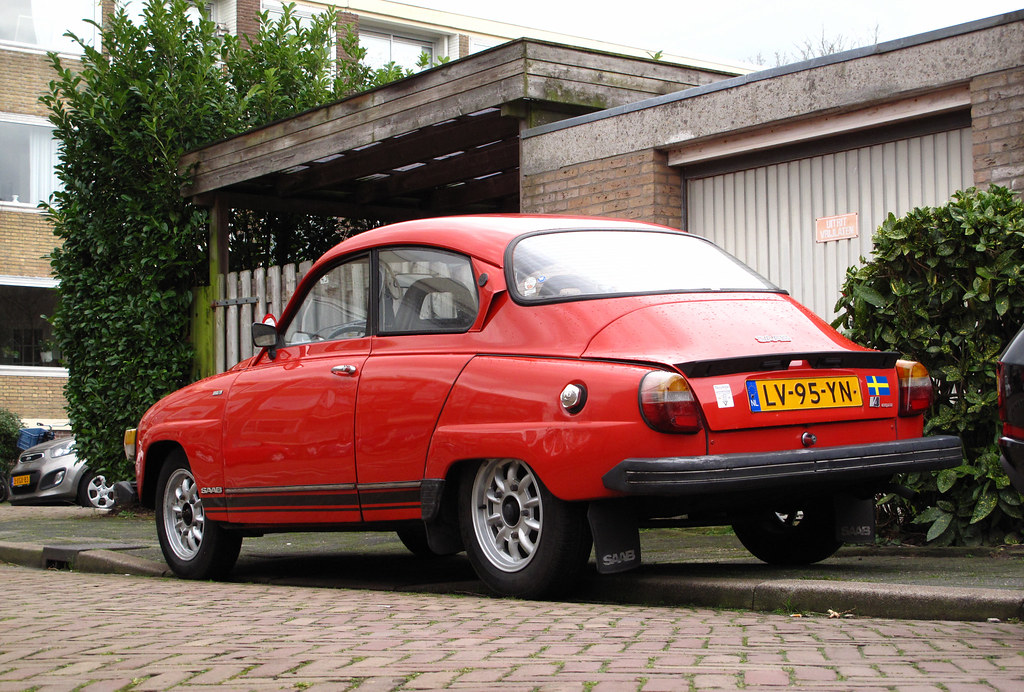
1. **A Lifelong Obsession: Kees van der Made’s Journey to his Saab 96**: For Kees van der Made (77) from Breda, the Saab 96 isn’t merely “another quirky Scandinavian classic.” It’s an “obsession — one that began more than half a century ago.” His fascination ignited in the late 1960s at the Willem II barracks, where he saw “this strange, beautiful car.” He recalls, “I didn’t even know what it was. It stood out — low, sleek, and completely different.” This mysterious vehicle, a Saab 92, left an indelible mark.
The distinctive “shape, the uniqueness, the almost aircraft-like profile” stayed with him; he knew he’d eventually own a Saab 96. Early ownership was “far out of reach.” His first cars were modest: a Fiat 600, a Volkswagen Beetle, and two Citroën 2CVs (his “Eenden”). His wife drove a Renault 4. Kees grins, “All character cars. Never anything boring. Never anything forgettable.”
By 1974, Kees finally became a Saab owner with a second-hand car that “hooked him instantly.” A year later, he upgraded to a brand-new one. The turning point: news of the Saab 96’s discontinuation. It was “now or never.” He sought “one of the very last,” a “true final edition.” His search led him to Oisterwijk, where he found his prize: a pristine 1979 Saab 96. Trading his current Saab, he “signed the papers, and drove home with a piece of Trollhättan history.”
This decades-long journey underscores the profound emotional connection enthusiasts develop with marques. It exemplifies how an early impression can evolve into a lifelong quest, shaping personal milestones. Kees’ story perfectly encapsulates the enduring nature of automotive passion, culminating in a cherished dream.
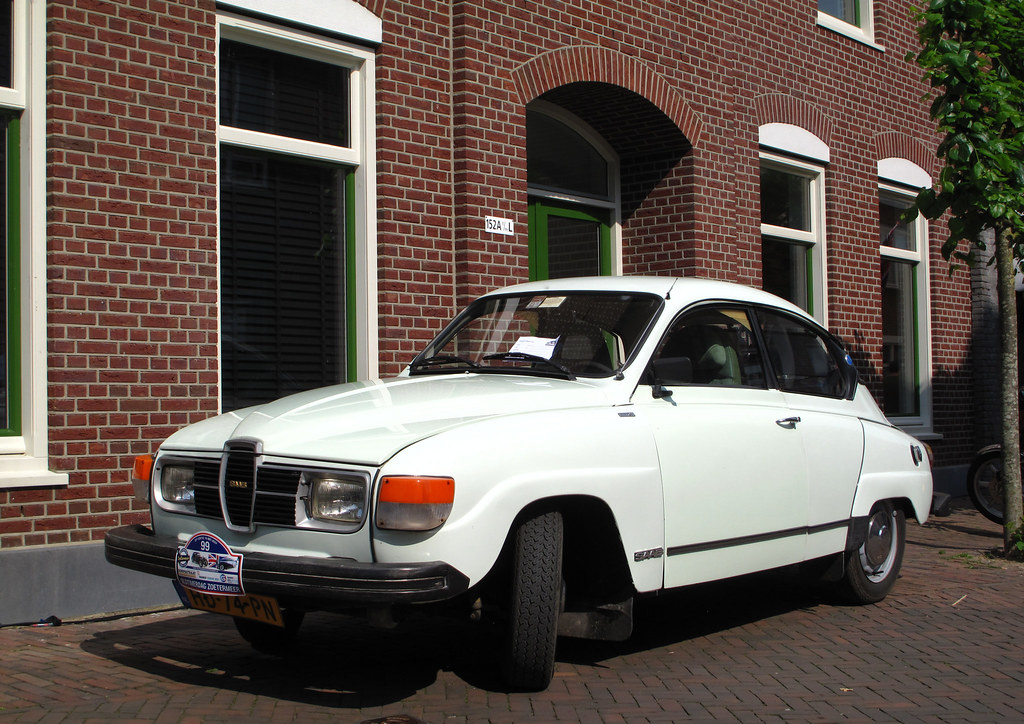
2. **The Unfiltered Drive: Experiencing the 1979 Saab 96**: Climbing behind the wheel of Kees’ 1979 Saab 96 is a journey back in time, a stark contrast to modern driving. As Kees explains, it’s pure: “No power steering. No air conditioning. No electronic aids of any kind.” This absence contributes to its unique character, making it “stiff, spartan, almost raw.” This unadulterated approach appeals to purists seeking direct vehicle interaction.
For Kees, this unfiltered experience is its essence. “Every drive is an event. You’re connected — to the road, the engine, the car itself,” he asserts. While “not his daily driver,” and he admits feeling “relieved when I park it back in the garage,” the magic reappears when he re-engages. “But the second I turn the key and hear that V4 come alive? Pure joy,” he describes. This emotional response highlights how vintage cars forge a visceral bond.
Technical specifications further emphasize its historical significance. The 1979 Saab 96 is powered by a robust “1.8L inline-4 with Bosch L-Jetronic fuel injection.” Power is delivered through a precise “4-speed manual” transmission, offering drivers full control over its petrol-fueled heart. Today, Kees’ Saab stands proudly “Fully restored, road-legal, and cherished,” a living testament to its original engineering and design.
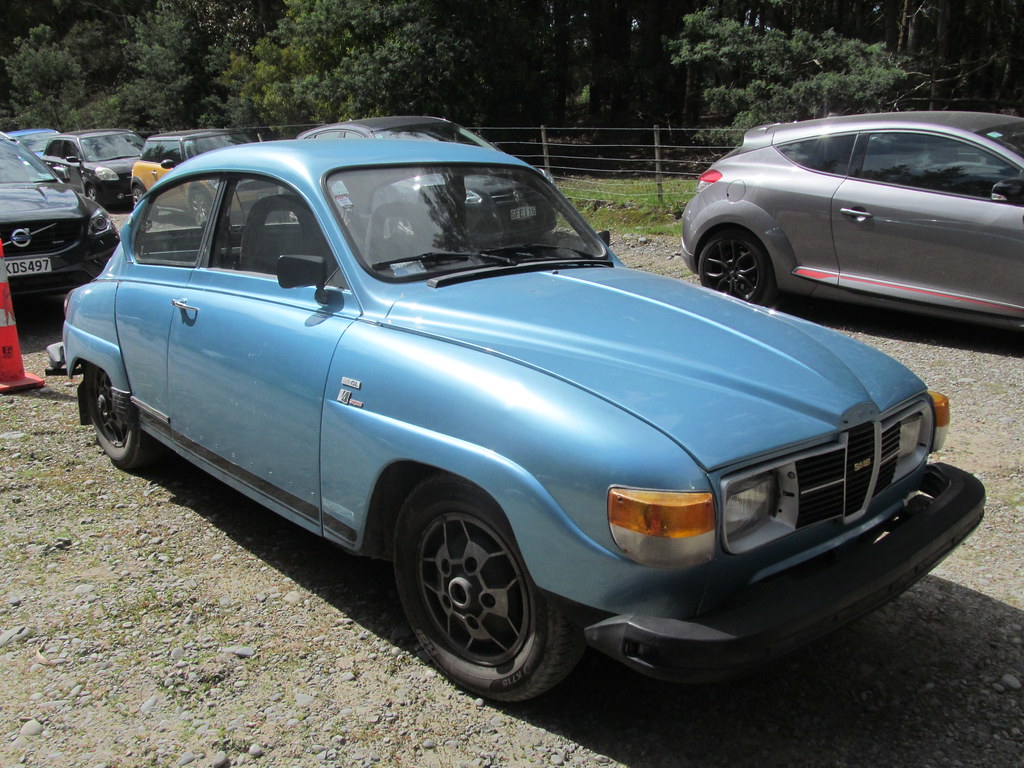
3. **Three Restorations, One Unwavering Goal: The Saab’s Revival Story**: Kees’ 1979 Saab 96 has “not had an easy life,” evidenced by “three restorations,” the latest being the most ambitious. This monumental undertaking was spurred by a deeply personal request: his younger son, Martijn, asked if the Saab could serve as his wedding car, reigniting the project.
Kees entrusted his Saab to Peter Mink, “a legendary Saab mechanic in the Netherlands,” who, serendipitously, was “a former employee of the very dealership where Kees had once bought his first Saab.” Initially, a straightforward gearbox issue was suspected. Mink, however, later delivered a candid assessment.
Mink’s blunt advice: “It’s in such bad shape… it deserves a full restoration.” This marked the beginning of “a year-long revival,” intense and meticulous work. Nearly every component was scrutinized, from pervasive “Rust” to overhauling the “suspension,” repairing “electrics,” and refreshing the “interior trim.” Each system was stripped, repaired, or replaced.
Such extensive projects are significant financial undertakings. Kees humorously concedes, “It became a money pit.” He wisely refrains from disclosing the exact cost, acknowledging a universal truth: “Once you start, you can’t stop. Every repair reveals two more. You’re already too deep.” This captures the escalating commitment of a full restoration.
Despite the year-long effort, the Saab wasn’t ready for Martijn’s wedding; he and his bride used a “cheerful yellow Citroën 2CV.” However, destiny offered a second chance. Years later, Kees’ eldest son, also named Kees, finally married. This time, the Saab stood ready. “So it finally became the wedding car,” the elder Kees proudly recounts, “Just not for the son we first planned.” Classic cars intertwine with family history.
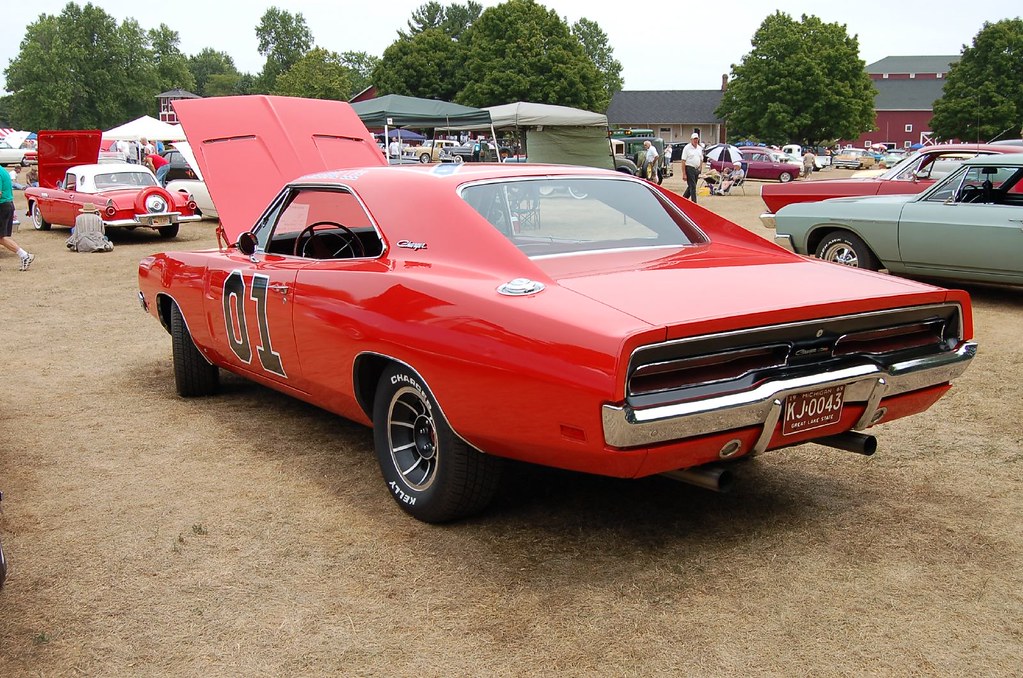
4. **The Heart of the Matter: Deciding on Your Dream Restoration Project**: Embarking on car restoration is a personal journey, and “choosing the right car” is paramount. This initial decision sets the project’s trajectory. Enthusiasts must “decide what you want.” Are you captivated by “one specific car, a 1969 Charger for example,” or motivated by “doing a restoration that falls in your skillset,” perhaps as “a great mechanic” who “hates bodywork or vice versa”? Defining objectives and matching capabilities is crucial.
Once a potential candidate is identified, thorough assessment is indispensable. It’s vital to “consider the state of each car,” recognizing wide variations in condition. Some might need only “the oil changed,” others “more extensive mechanical work.” Body conditions range from “pristine” to “a pile of rust.” Restorers must meticulously “check for things like a solid structure or a running motor” and commit only to “repairs that you are comfortable with doing.”
The selection process requires a strategic approach. Creating “an outline, or estimate, of what the car will need” from the outset is invaluable. This assessment helps grasp “how big the job will be and approximately how much it will cost right from the get-go.” Such proactive planning is essential, helping “plan the restore at a pace that you can accomplish without disappointment,” setting realistic expectations for a successful journey.

5. **Budgeting for Brilliance: Evaluating Restoration Costs**: Beyond passion, the financial aspect of classic car restoration cannot be overstated. “Evaluate the costs” is a critical injunction requiring foresight. There’s an inverse relationship between a car’s upfront price and its restoration expenses: “The less work you need to do to a car, the more you’ll pay for it upfront. The worse condition the car is in, the cheaper it will be upfront.” This means a seemingly inexpensive project can become far more costly.
Restorers must exercise caution to avoid a common pitfall: “You wouldn’t want to spend $500 less on a car that will cost you $5,000 more to repair.” This emphasizes comprehensive pre-purchase inspection and cost estimation. Dollars saved on initial purchase should be viewed as potential future expense, underscoring careful financial planning. “You’ll need any money you save for the restoration,” as unexpected issues and specialized parts rapidly deplete a budget.
It is a sober truth that some restorations are inherently more challenging and expensive. Experts warn, “Be prepared to spend a lot of time and money rebuilding an old car.” Furthermore, “It is possible that the car you restore will be worth less than you spent on it.” This caveat highlights restoration as often a labor of love rather than a guaranteed investment, much like Kees’ personal journey.
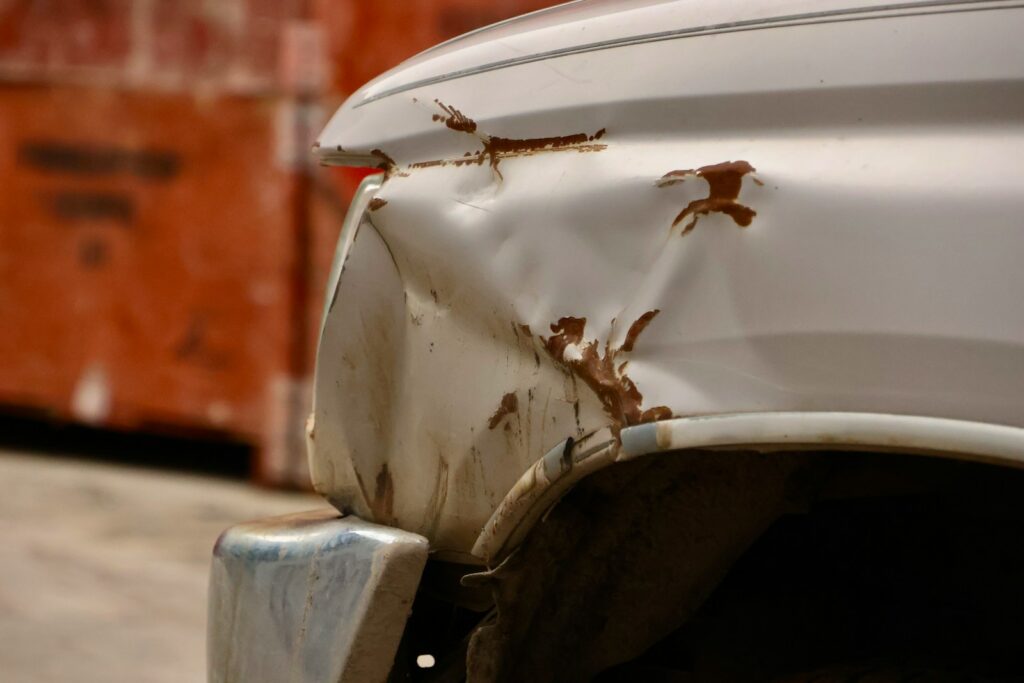
6. **Mastering the Metal: Exterior Bodywork and Dent Repair**: Once the right car is chosen and budget set, restoration often begins with exterior body panels. “Dents on the body panels” are common, but repair isn’t simple. “It is a common misconception that dents can just be ‘popped out.'” While “paintless dent repair (PDR)” exists for minor imperfections, it’s not a universal solution. Most significant dents require a more involved, multi-step process for a flawless finish.
For most dent repairs, the procedure is extensive: “grinding off the existing paint, pulling the dent, filling it with body filler, priming to protect the metal, and then repainting the panel.” This methodical approach ensures the repair is aesthetically pleasing, structurally sound, and durable. Each step, from careful grinding to precise filling, is critical in preparing the surface for new paint, guaranteeing seamless integration and lasting protection.
Beyond dents, the overall “condition of the paint” is a crucial indicator of a car’s history and structural integrity. A “healthy coat of paint on all of the panels means a couple of things.” Firstly, a “lack of serious scratches on the original paint means that this car likely wasn’t involved in major accidents that could damage the frame.” Secondly, “paint protects the metal panels on your car from rust.” Understanding original paint condition offers valuable insights.
Critically, “All bare metal should be primed before painting,” and “All metal should be covered with primer, paint, or another appropriate sealant to protect from rust.” This vital protective layer is the first line of defense against corrosion, ensuring the longevity of the restored exterior.
The initial thrill of discovering your dream project car and perfecting its exterior is just the beginning of a truly comprehensive restoration. Now, we delve deeper, moving from the gleaming bodywork to the intricate world beneath and within, focusing on the interior comfort, the roaring performance, and the exacting professional standards that truly make a classic car endure. This journey is about bringing every aspect of a vintage vehicle back to life, ensuring it’s not just a showpiece but a functional, cherished piece of history.
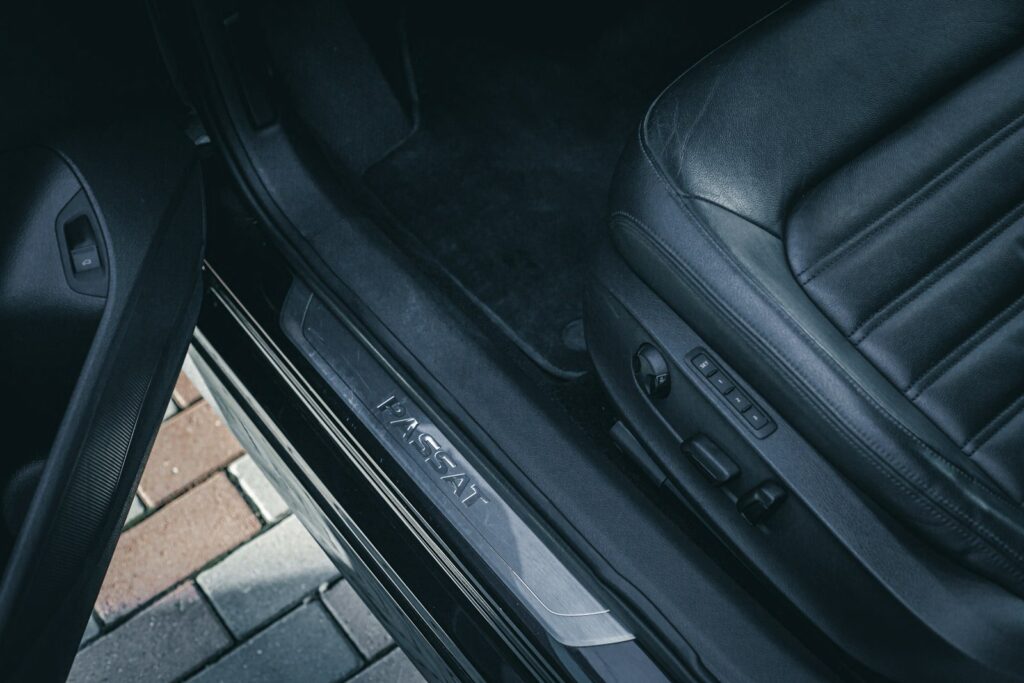
7. **Restoring Interior Beauty: Uncovering the Floor’s Foundation**: The interior of a classic car offers a sanctuary, a private space where driver and machine truly connect. Yet, hidden beneath the inviting mats and seats, the floor often holds secrets—and sometimes, significant challenges. It’s an easy temptation to simply cover imperfections with a new floor mat, but true restoration demands a thorough investigation into the structural integrity of the cabin’s base.
Meticulously inspecting the floor means pulling back the layers. Restorers must look beneath any mats, carefully remove seats, and scrutinize every inch for signs of damage or deterioration. Even minor issues can hint at deeper structural problems, making this initial assessment absolutely critical. A pristine floor is the unsung hero of a solid restoration, providing the foundation for everything else inside the vehicle.
Should damage be discovered, particularly holes, the repair process becomes quite involved. This isn’t a quick fix; it entails welding a patch to reinforce the compromised area, followed by careful priming and painting of the inside of the cab. This can indeed be a huge project, demanding significant time and precision. The reward, however, is a solid, safe, and authentic foundation for the rest of the interior.
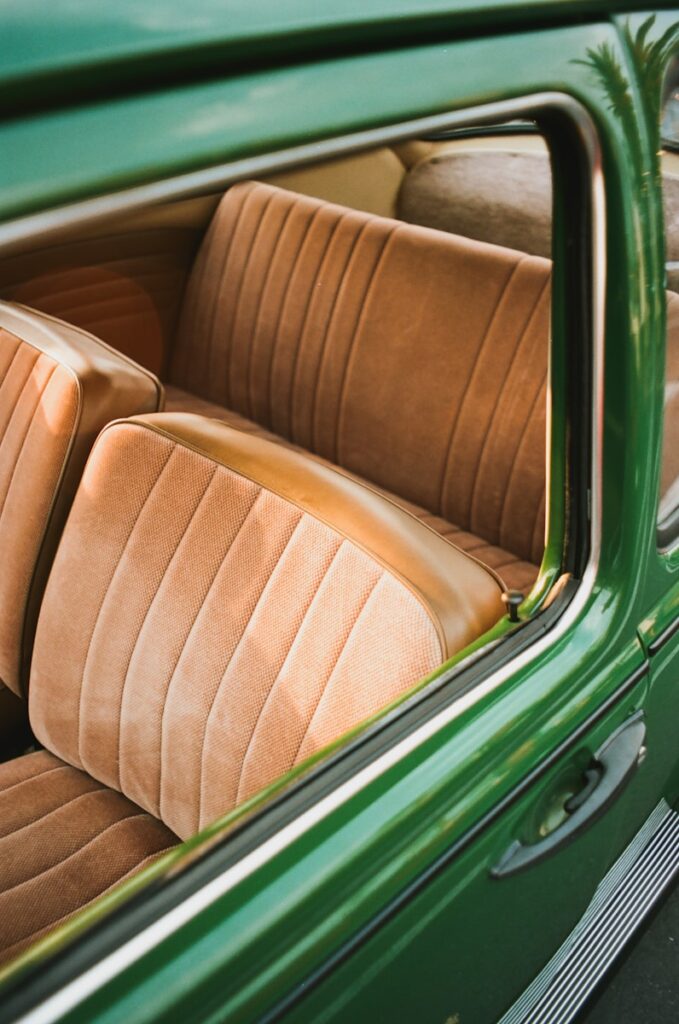
8. **Crafting Comfort: Revitalizing Upholstery and Seating**: Beyond the bare metal, the upholstery defines the aesthetic and tactile experience of a classic car’s interior. Addressing damaged upholstery is a pivotal step in restoring comfort and visual appeal. The process typically begins by removing the seats, a task usually accomplished by detaching the four bolts that secure the seat runners to the floor, allowing for easy lifting and removal. This essential first step not only facilitates upholstery work but also opens up the entire interior for a much-needed deep cleaning.
Once the seats are out and accessible, a thorough inspection for any cuts, tears, or gashes in the upholstery is crucial. Depending on the extent of the damage, restorers might attempt careful repairs for small imperfections. However, if the damage is widespread or severe, the most effective and aesthetically pleasing solution often involves completely reupholstering the seats. This brings new life to the cabin, recreating the original look and feel.
Stains present another common challenge. Many can be successfully removed using appropriate stain removers and diligent cleaning techniques, often bringing the original fabric back to its former glory. Yet, for stubborn or deeply set stains that resist conventional cleaning, reupholstering might be the only viable option to achieve a flawless finish. The goal is always to restore the interior to a condition that reflects its original charm and quality, ensuring every detail contributes to the overall authenticity.
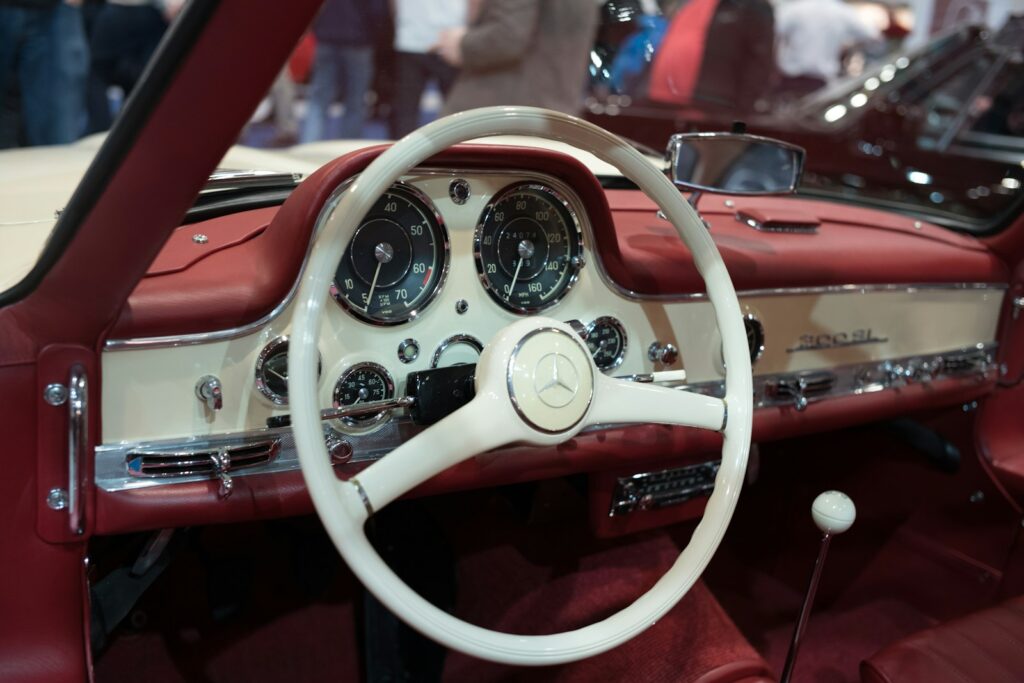
9. **Precision and Panache: Overhauling the Dashboard**: The dashboard, often the most viewed and interacted-with component of a car’s interior, serves as a focal point for both aesthetics and functionality. Its condition significantly impacts the cabin’s overall impression. While it will undoubtedly require a thorough cleaning to remove decades of grime and dust, assessing its structural and cosmetic integrity goes much deeper than just a wipe-down.
A key challenge with classic dashboards, particularly those made of textured plastic, lies in repairing scratches or other forms of damage. Unlike smoother surfaces, textured plastic rarely lends itself to seamless repair. This often means that if a piece is significantly scratched or cracked, it typically cannot be effectively repaired to its original state. In such cases, replacing the damaged pieces becomes the necessary course of action to maintain the car’s aesthetic integrity.
Navigating these replacements requires a meticulous approach. A service manual for the specific make and model of the car proves invaluable, providing detailed diagrams and instructions for dismantling and reassembling dashboard components. This ensures that new parts are installed correctly and that the delicate electrical connections and instruments behind the dash are handled with the utmost care, preserving the vehicle’s historical functionality.
Ultimately, a restored dashboard is a testament to precision and dedication, harmonizing vintage design with renewed functionality. It’s a critical element that not only brings visual satisfaction but also ensures that all gauges, switches, and controls are operational, allowing the driver to fully appreciate the authentic driving experience of their classic machine.
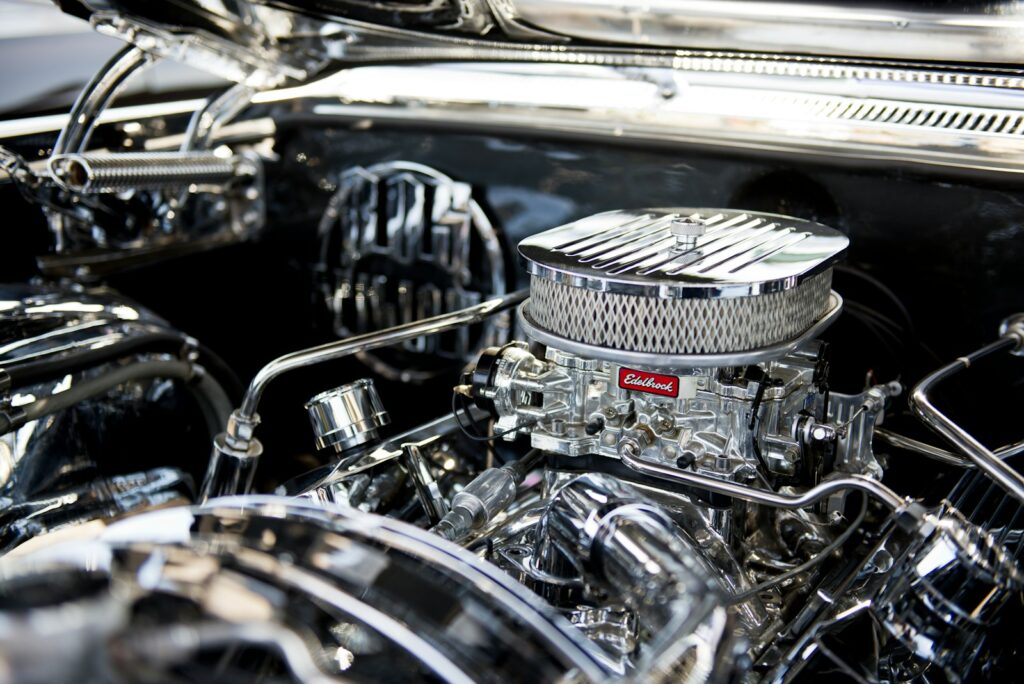
10. **Unleashing Power: Engine Overhaul and Critical Accessories**: The engine is unequivocally the heart of any automobile, and its restoration is often the most complex and critical phase of any project. If your classic car project already boasts a solid, running engine, the task might begin with a thorough cleaning and a simple oil change, setting the stage for minor refinements. However, for many restoration candidates, the engine is far from running order, necessitating either significant repair or a complete rebuild.
Embarking on an engine rebuild is a profound undertaking. It can range from a relatively quick job, addressing specific components, to an incredibly tedious and time-consuming process that involves disassembling, inspecting, cleaning, repairing, or replacing nearly every internal part. Restorers must thoroughly understand the scope of work involved and be prepared for the specialized knowledge, tools, and considerable investment of time and money that such an endeavor demands. Knowing what you’re getting into ahead of time is paramount to avoiding disappointment.
Beyond the core engine block, the myriad engine accessories play a vital, often overlooked, role in a car’s performance. The car absolutely “depends on engine accessories to run,” and these components, from drive belts and radiator hoses to spark plug wires, are particularly susceptible to aging and wear. A meticulous inventory of these parts is crucial, identifying everything that shows signs of deterioration, cracking, or fatigue.
Replacing these worn belts, hoses, or wires is not merely a suggestion; it is a fundamental requirement for reliable operation and longevity. Failing to replace these aged components can lead to breakdowns, overheating, and other critical failures, undermining all the painstaking work put into the engine itself. This methodical replacement of engine accessories ensures that the revitalized heart of the car beats strongly and dependably for years to come.
The journey of restoring a classic car, as exemplified by Kees van der Made and the principles outlined here, is a profound testament to passion, perseverance, and meticulous craftsmanship. It’s a rich narrative woven with the threads of historical preservation and engineering ingenuity, transforming neglected metal into gleaming symbols of a bygone era. Whether it’s the roar of a V4 engine or the gleam of freshly polished chrome, these restored machines aren’t merely vehicles; they are living legacies, cherished by their owners and admired by all who appreciate the art of the automobile. Embracing these principles ensures that each classic brought back to life continues its story, inspiring new generations with the timeless beauty and mechanical artistry that defined an age. From the initial spark of fascination to the final triumphant drive, classic car restoration remains an enduring celebration of human ingenuity and automotive heritage.


